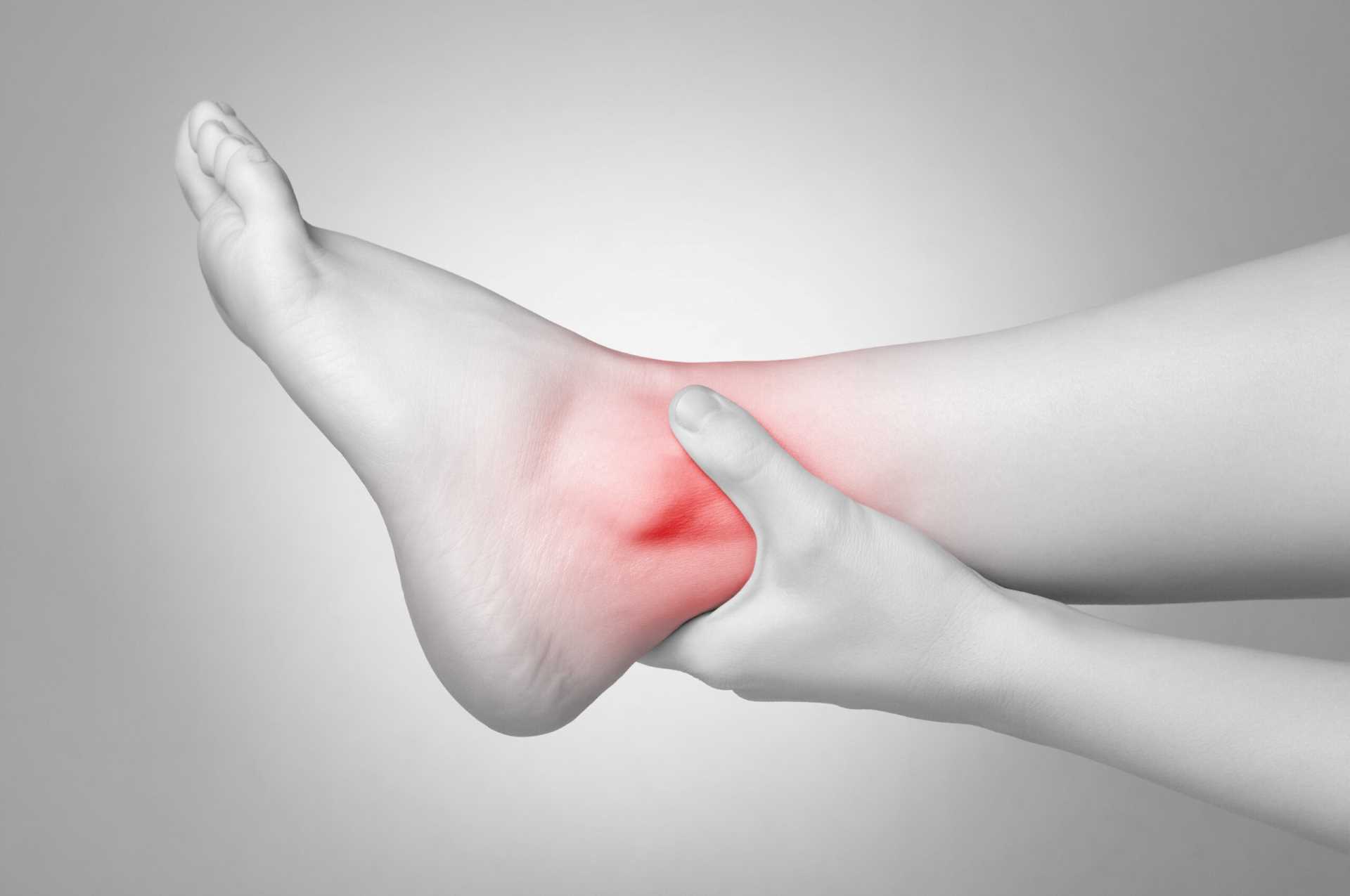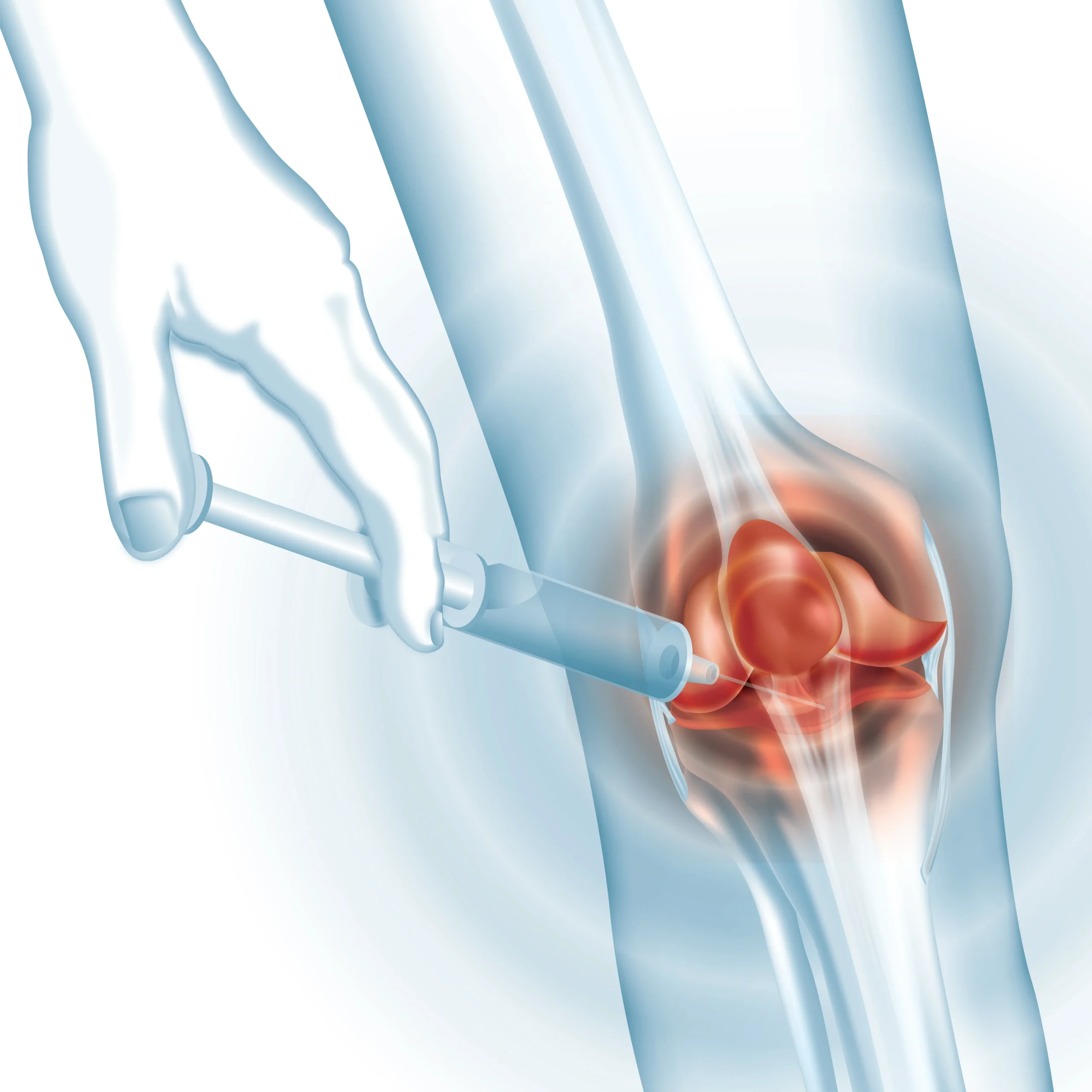Get Help For Ankle Sprain Pain
Ankle sprains are a common injury that can result in intense pain and potentially lead to prolonged disability. With appropriate care, though, the effects of an ankle sprain can be effectively controlled.
Living with a sprained ankle can be challenging, but at NextPain Care, we offer targeted, evidence-based treatments designed to manage your pain and improve your quality of life.
Schedule Your Consultation!

What we do
Manage Pain From Ankle Sprains Today
Ankle sprains make up around 40% of all ankle injuries, highlighting their widespread occurrence. Studies suggest that a staggering 2 million ankle sprains take place annually, underscoring the commonality of this injury.
Experiencing an ankle sprain can be excruciating and incapacitating. The pain from the injury can make it difficult to bear weight on your foot, hindering your ability to walk, run, and even stand.
While minor ankle sprains typically resolve with time, they stand out as a common injury, with approximately 40% of individuals experiencing chronic issues post-injury. These persistent symptoms often encompass pain, instability, swelling, and recurrent sprains.
NextPain Care provides support for managing chronic pain from ankle sprains using our tailored pain management approach. Our methods aim to help reduce pain intensity while improving mobility and stability over time.
-
Sleepless nights due to pain
-
Leading a sedentary lifestyle
-
Having difficulty moving about
-
Improved sleep quality
-
Increased physical activity
-
Enhanced functionality

How Can We Help You?
What Causes Pain From Ankle Sprains?
Ankle sprains occur when the ligaments supporting the ankle joint are stretched or torn. This can happen from a sudden ankle twist during activities like running or sports, or from a forceful impact on the ankle. The intensity needed to trigger a sprain differs among individuals based on their fitness and age.
When the ligaments surrounding the ankle are stretched or torn, they can no longer provide proper support to the joint. This causes pain and tenderness, as well as swelling and bruising. Depending on the ankle sprain’s severity, it can also lead to decreased range of motion in the ankle and difficulty bearing weight on the joint.
People at higher risk of developing ankle sprains include athletes, people with poor balance, and those with a history of previous ankle sprains. Age is also a factor, as older people are less likely to have the flexibility or strength to support their weight during sudden movements that can lead to sprains.
Start Today





